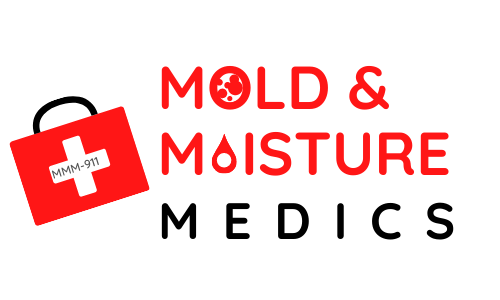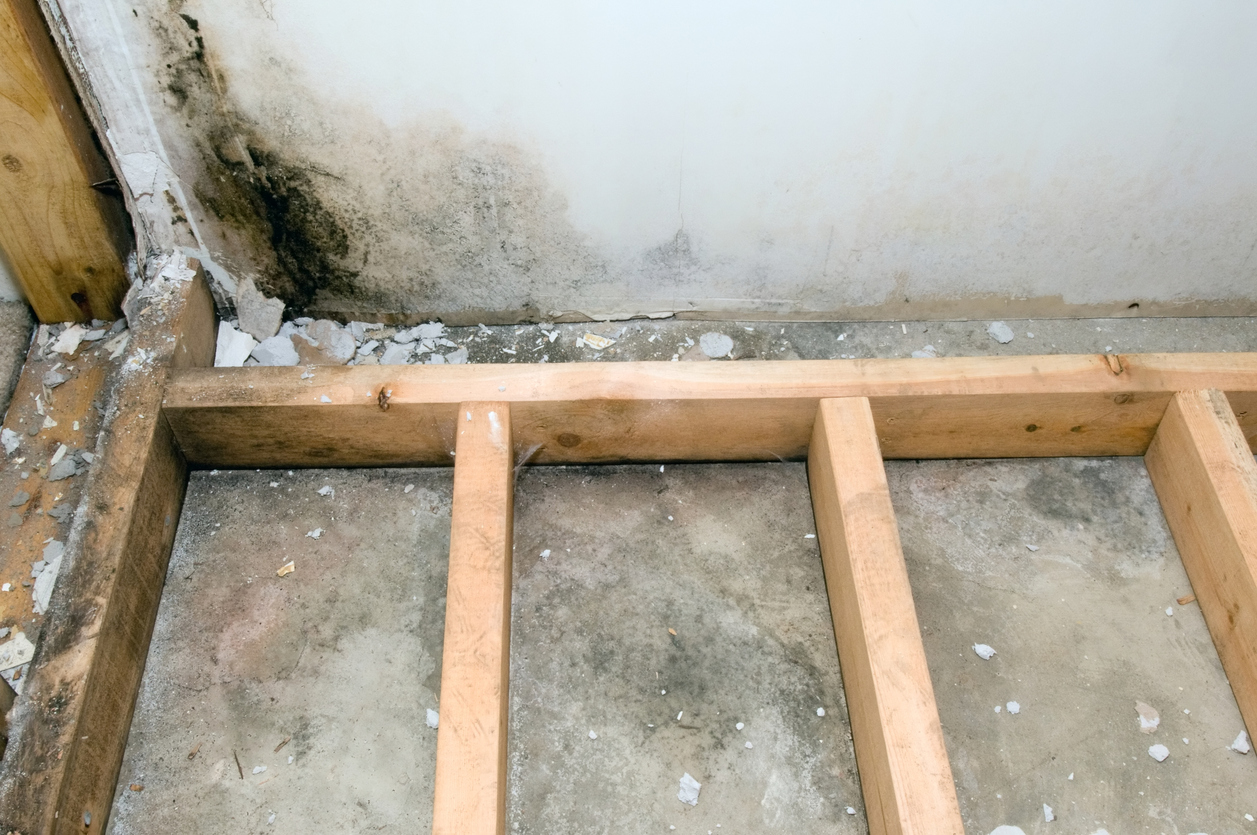
Urgent Care For Wet Buildings and Crawl Spaces
NC Building Code for Closed Crawl Spaces
NC Building Code
SECTION R409: CLOSED CRAWL SPACES
R409.1 Air sealed walls. Closed crawl spaces shall be built to minimize the entry of outdoor air into the crawl space. Specifically prohibited are foundation wall vents and wall openings to ventilated porch foundations. When outdoor packaged heating and cooling equipment is used, solid blocking and sealants shall be used to seal gaps between the exterior wall opening and the smaller supply and return ducts that pass through the opening.
R409.1.1 Caulking and sealants. Air sealing caulk, gaskets or sealants shall be applied to the foundation wall and floor assembles that separate the crawl space from outside and other ventilated areas such as joints around access door and frame, between foundation and sill plate, at penetrations for plumbing, mechanical, electrical and gas lines and at duct penetrations.
R409.1.2 Access panel/door. A minimum access opening measuring 18 inches by 24 inches (457 mm by 610 mm) shall be provided to the crawl space. See the North Carolina Mechanical Code for access requirements where mechanical equipment is located under floors. To minimize air entry, provide a tight fitting access panel/door with a latch mechanism. Access panels or doors shall be insulated to a minimum of R-2.
R409.2 Ground vapor retarder. Closed crawl spaces shall be protected from water entry by the evaporation of water from the ground surface.
R409.2.1 Ground vapor retarder. A minimum 6-mil (0.15 mm) polyethylene vapor retarder or equivalent shall be installed and secured to nominally cover all exposed earth in the crawl space, with joints lapped not less than 12 inches. Minor pockets or wrinkles that prevent total drainage across the surface of the vapor retarder are allowed. The floor of the crawl space shall be graded so that it drains to one or more low spots. Install a drain to daylight or sump pump at each low spot. Crawl space drains shall be kept separate from roof gutter drain systems and foundation perimeter drains.
R409.2.2 Liner. The ground vapor retarder may be installed as a full interior liner by sealing the edges to the walls and beam columns and sealing the seams. Single piece liner systems are approved. The top edge of the wall liner shall terminate 3 inches below the top edge of the masonry foundation wall. The top edge of liner shall be brought up the interior columns a minimum of 4 inches above the crawl space floor. The floor of the crawl space shall be graded so that it drains to one or more low spots. Install a drain to daylight or sump pump at each low spot. Crawl space drains shall be separate from roof gutter drain systems and foundation perimeter drains.
R409.2.1.1 Wall liner termite inspection gap. Provide a clear and unobstructed 3” minimum inspection gap between the top of the wall liner and the bottom of the wood sill. This inspection gap may be ignored with regards to energy performance and is not intended to create an energy penalty.
R409.2.3 Concrete floor surfacing. The ground vapor retarder may be protected against stripping and displacement by pouring an un-reinforced, minimum 2-inch thick, concrete surface directly over the vapor barrier. A base coarse of gravel or other drainage material under the ground moisture barrier is not required. The floor of the crawl space shall be graded so that the concrete surface drains to one or more low spots. Install a drain to daylight or sump pump at each low spot. Crawl space drains shall be separate from roof gutter drain systems and foundation perimeter drains.
R409.2.4 Drains and vent terminations. Drains (including but not limited to hot water tank pressure relief and drain pans, and condensate drain pipes) shall terminate outdoors, to crawl space floor drains or interior pumps, and shall not intentionally discharge water into the crawl space. Crawl space drains shall be separate from roof gutter drain systems and foundation perimeter drains. Dryer vents shall terminate outdoors.
R409.3 Wall dampproofing. Where the outside grade is higher than the inside grade the exterior walls shall be damp-proofed from the top of the footing to the finished grade as required by R406.1.
R409.4 Site grading. The building site shall be graded to drain water away from the crawl space foundation per the requirements of R401.3.
R409.5 Space moisture vapor control. Closed crawl spaces shall be provided with a mechanical drying capability to control space moisture levels. The allowed methods are listed below in R409.5.1 – R409.5.5. At least one method shall be provided; however, combination systems shall be allowed.
R409.5.1 Dehumidifier. A permanently installed dehumidifier shall be provided in the crawl space. The minimum rated capacity per day is 15 pints (7.1 Liters). Condensate discharge shall be drained to daylight or interior condensate pump. Permanently installed dehumidifier shall be provided with an electrical outlet.
R409.5.2 Supply air. Supply air from the dwelling air conditioning system shall be ducted into the crawl space at the rate of 1 cubic foot per minute (0.5 L/s) per 30 square feet (4.6m2) of crawl space floor area. No return air duct from the crawl space to the dwelling air conditioning system is allowed. The crawl space supply air duct shall be fitted with a backflow damper to prevent the entry of crawl space air into the supply duct system when the system fan is not operating. An air relief vent to the outdoors may be installed. Crawl spaces with moisture vapor control installed in accordance with this section are not to be considered plenums.
R409.5.3 House air. House air shall be blown into the crawl space with a fan at the rate of 1 cubic foot per minute (0.5 L/s) per 50 square feet (4.6 m2) of crawl space floor area. The fan motor shall be rated for continuous duty. No return air duct from the crawl space back to the dwelling air conditioning system is allowed. An air relief vent to the outdoors may be installed. Crawl spaces with moisture vapor control installed in accordance with this section are not to be considered plenums.
R409.5.4 Exhaust fan. Crawl space air shall be exhausted to outside with a fan at the rate of 1 cubic foot per minute (0.5 L/s) per 50 square feet (4.6 m2) of crawl space floor area. The fan motor shall be rated for continuous duty. There is no requirement for make-up air.
R409.5.5 Conditioned space. The crawl space shall be designed as a heated and/or cooled, conditioned space with wall insulation installed per the requirements of R409.8.1. Intentionally returning air from the crawl space to space conditioning equipment that serves the dwelling shall be allowed. Foam plastic insulation located in a crawl space plenum shall be protected against ignition by an approved thermal barrier.
R409.6 Plenums. Closed crawl spaces used as supply or return air plenums for distribution of heated or cooled air shall comply with the requirements of the NC Mechanical Code. Crawl space plenums shall not contain plumbing clean-outs, gas lines or other prohibited components. Foam plastic insulation located in a crawl space plenum shall be protected against ignition by an approved thermal barrier.
R409.7 Combustion air. The air sealing requirements of a closed crawl space may result in a foundation which can not provide adequate combustion air for fuel-burning appliances; therefore, fuel burning appliances located in the crawl space such as furnaces and water heaters shall obtain combustion air from outdoors as per the NC Mechanical Code.
R409.8 Insulation. The thermal insulation in a closed crawl space may be located in the floor system or at the exterior walls. The required insulation value can be determined from Table N1102.1. Exception: Insulation shall be placed at the walls when the following condition exists: 1. The closed crawl space is designed to be an intentionally heated or cooled, conditioned space.
R409.8.1 Wall Insulation. Where the floor above a closed crawl space is not insulated, the walls shall be insulated. Wall insulation can be located on any combination of the exterior and interior surfaces and within the structural cavities or materials of the exterior crawl space walls. Wall insulation systems require that the band joist area of the floor frame be insulated. Wall insulation shall begin 3 inches below the top of the masonry foundation wall and shall extend down to 3 inches above the top of the footing or concrete floor, 3 inches above the interior ground surface or 24-inches below the outside finished ground level, whichever is less. No insulation shall be required on masonry walls of 9 inches height or less.
R409.8.1.1 Foam plastic termite inspection gap. For outside wall Section R324 governs applications. When expanded polystyrene, extruded polystyrene, polyisocyanurate, or other foam plastic insulation is installed on the inside surface of the exterior foundation walls, provisions R409.8.1.1.1 – 2 below apply.
R409.8.1.1.1 Earth floored crawl spaces. Provide a clear and unobstructed 3-inch minimum termite inspection gap between the top of the foam plastic wall insulation and the bottom of the wood sill. Because Insulation ground contact is not allowed, provide a continuous 3-inch minimum clearance gap between the bottom edge of the foam plastic wall Insulation and the earth floor surface. Refer to N1102.1.7 to determine maximum allowances for insulation gaps.
R409.8.1.1.2 Concrete floor surfaced crawl spaces. Provide a clear and unobstructed 3-inch minimum termite inspection gap between the top of the foam plastic wall insulation and the bottom of the wood sill. Provide a continuous 3-inch minimum clearance gap between the bottom edge of the foam plastic wall Insulation and the concrete floor surface. Refer to N1102.1.7 to determine maximum allowances for insulation gaps.
R409.8.1.2 Porous insulation materials. When fiberglass, rockwool, cellulose or other porous insulation materials are installed on the inside wall surface of a closed crawl space, provide a clear and unobstructed 3-inch minimum termite inspection gap between the top of the porous wall insulation and the bottom of the wood sill. To reduce wicking potential, porous insulation ground contact is not allowed in earth floored or concrete surfaced crawl spaces. Provide a continuous 3-inch minimum wicking gap between the bottom edge of the porous wall Insulation and the earth or concrete floor surface. Refer to N1102.1.7 to determine maximum allowances for insulation gaps.
Crawl Space
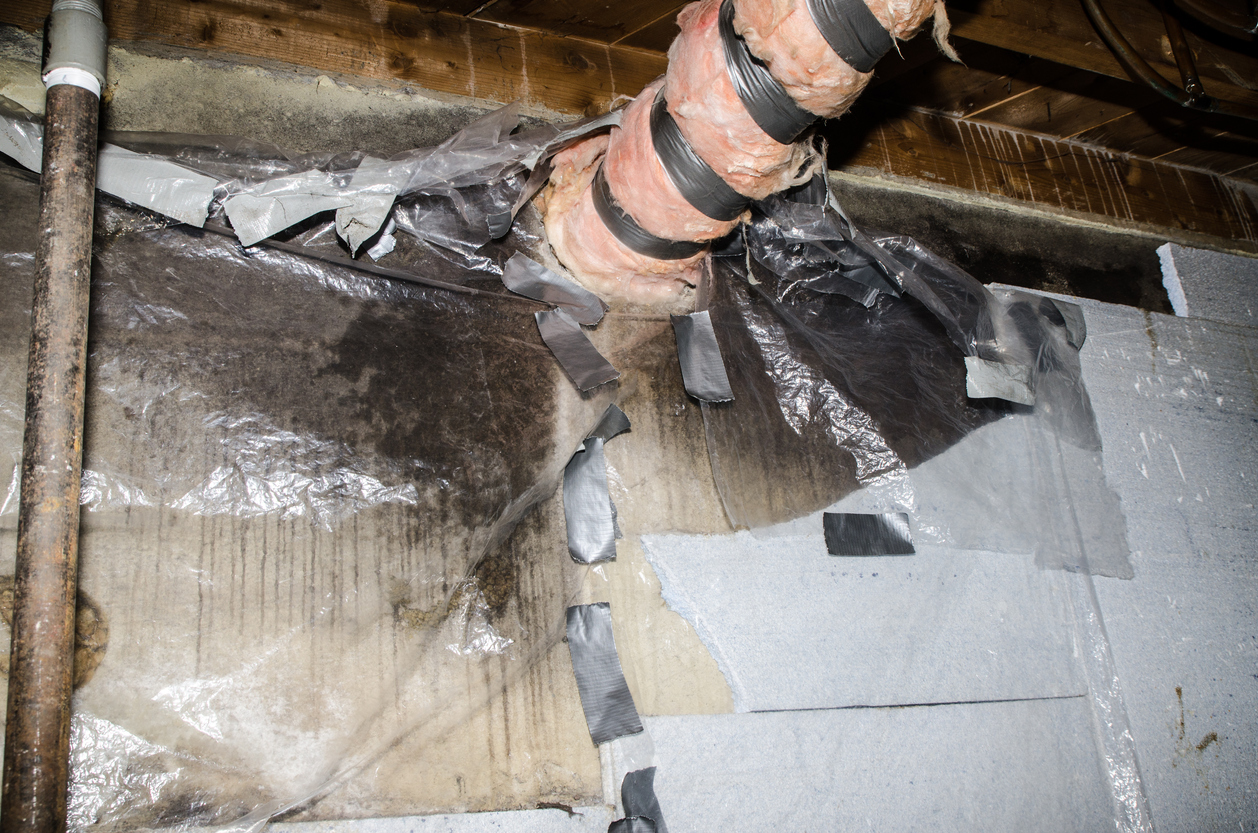
Crawl Space Problems Solved
- Moisture Barriers
- Modified Encapsulations
- Full Encapsulations
- French Drains
- Crawlspace Insulation
- Dehumidifiers
- Sump Pumps
Moisture
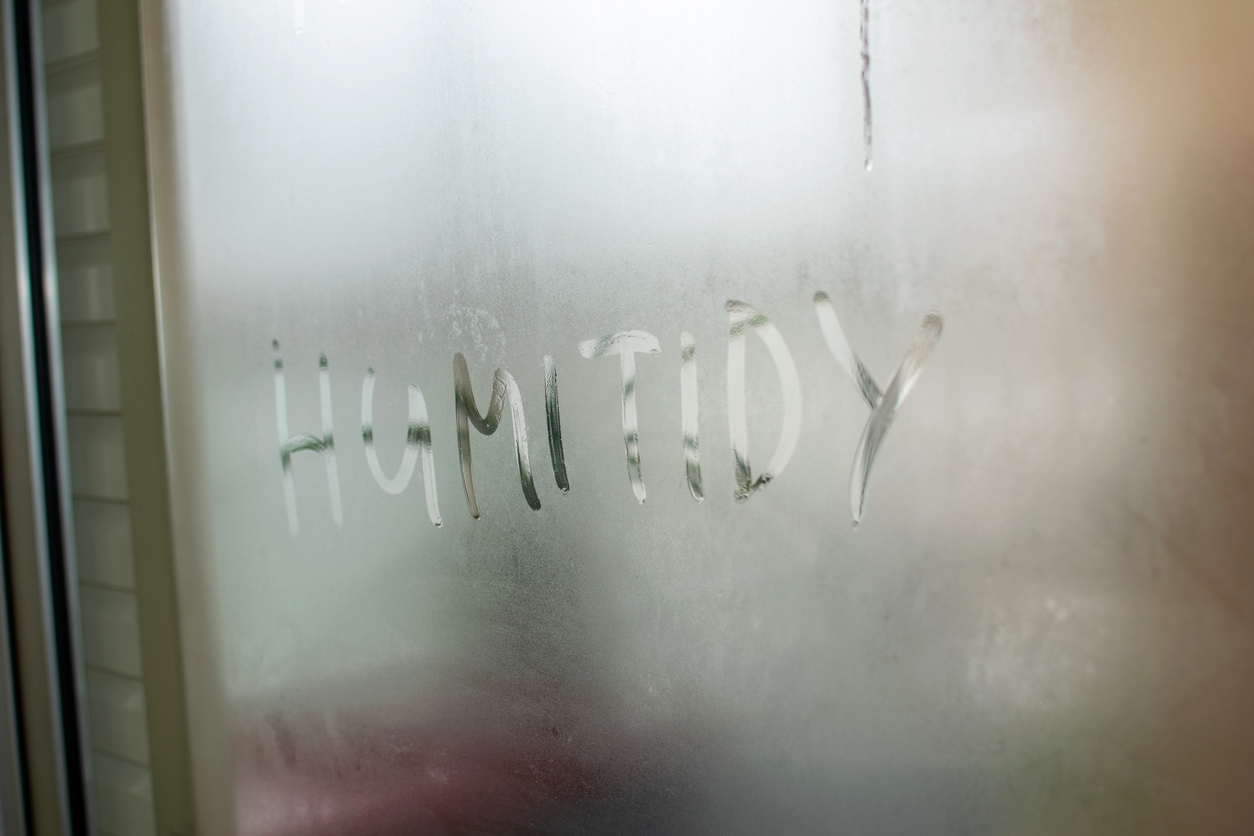
Moisture Problems Solved
- Waterproofing
- French Drains
- Dehumidfiers
- Sump Pumps
- Insulation
Insulation
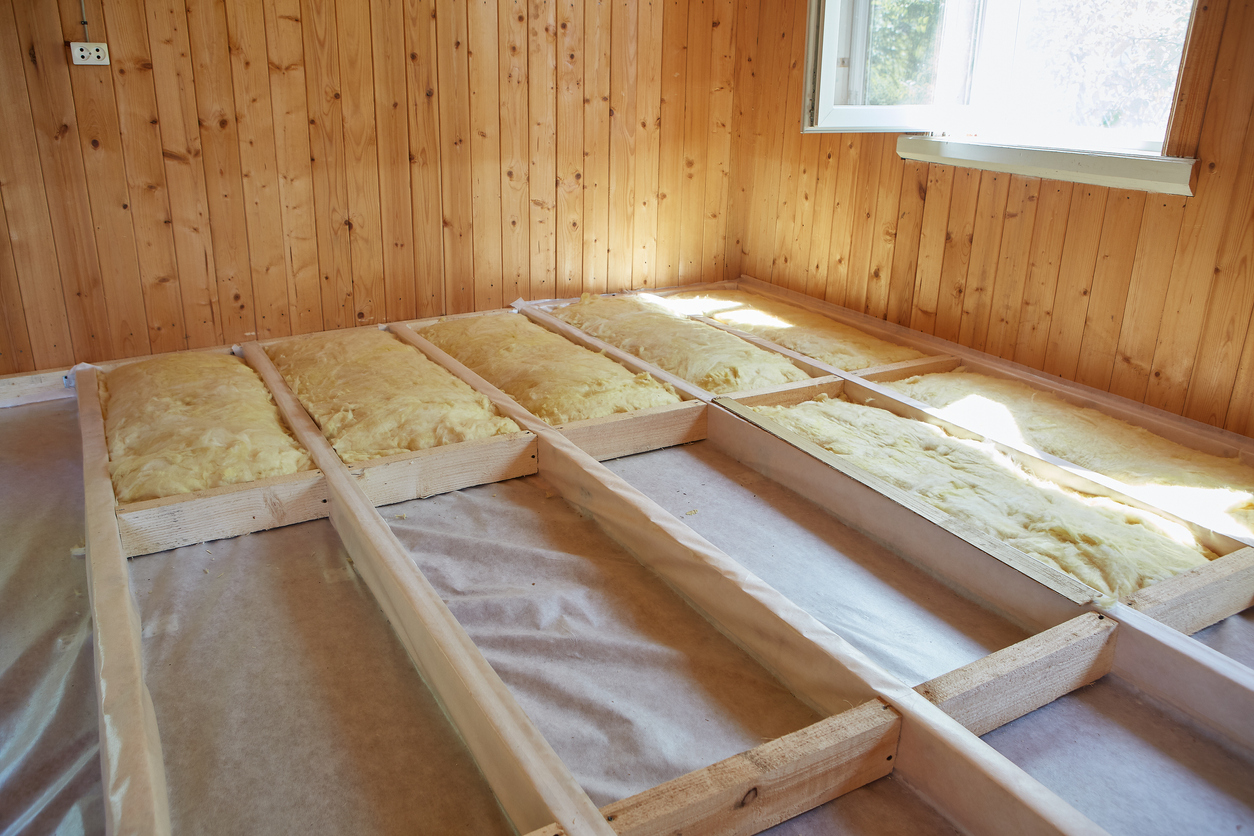
Insulation Install and Replace
- Crawlspace and Attic
- Batt Insulation
- Blown Insulation
- Foamboard Insulation
- Radiant Barriers
Water
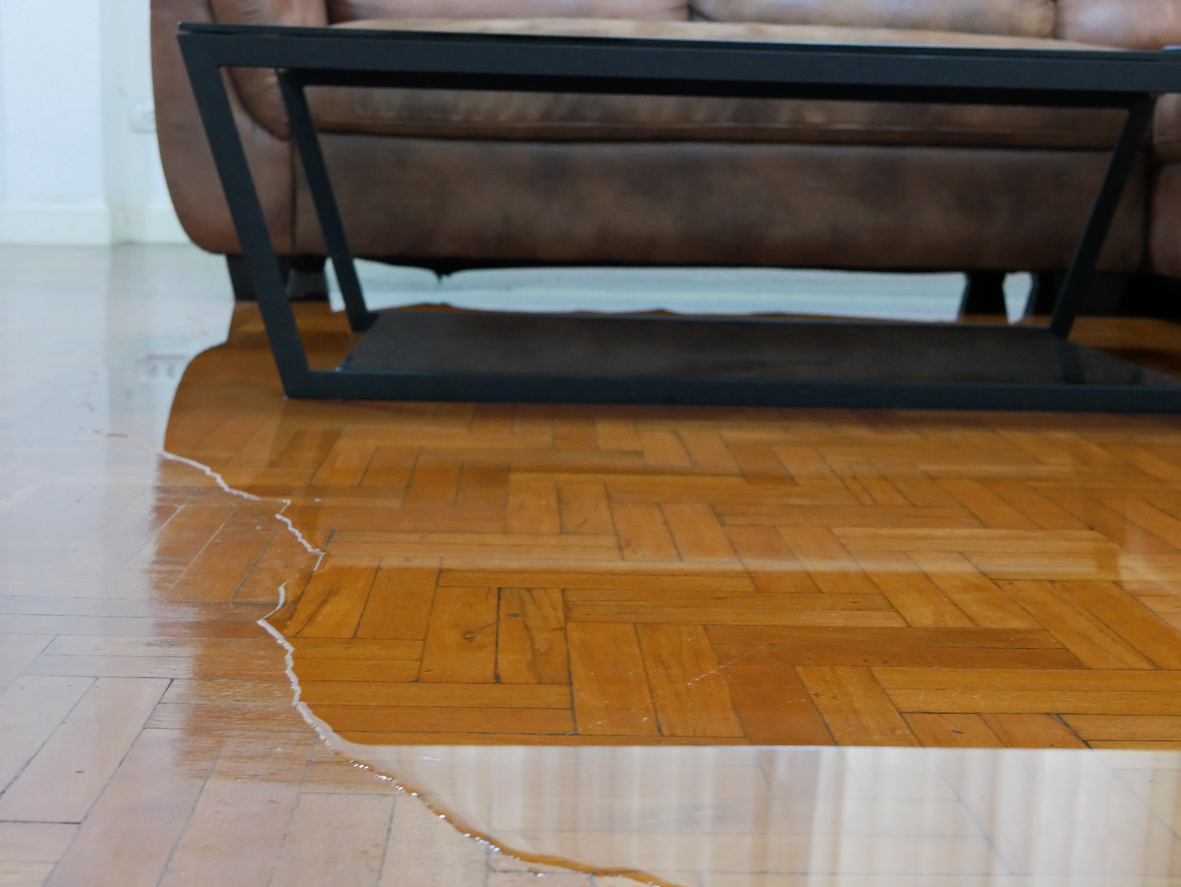
Water and Damage
- Burst Pipes & Plumbing
- Washers /Water Heaters
- Flooded Toilets
- Flood Damage Repair
- Wood Rot Repair
- Waterproofing
- French Drains

- Phone
919.702.4870
- Address
Wake Forest, NCDurham, NC
MOLD AND MOISTURE MEDICS HAS YOUR BACK
Fill out the form below, give us a call, or send us a e-mail to schedule a consultation.
